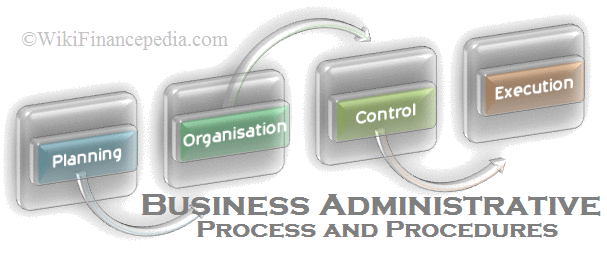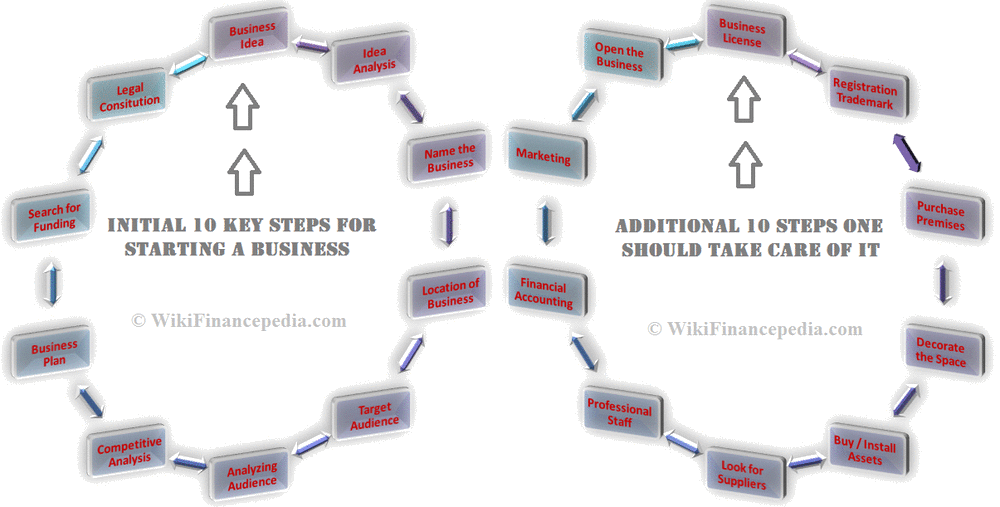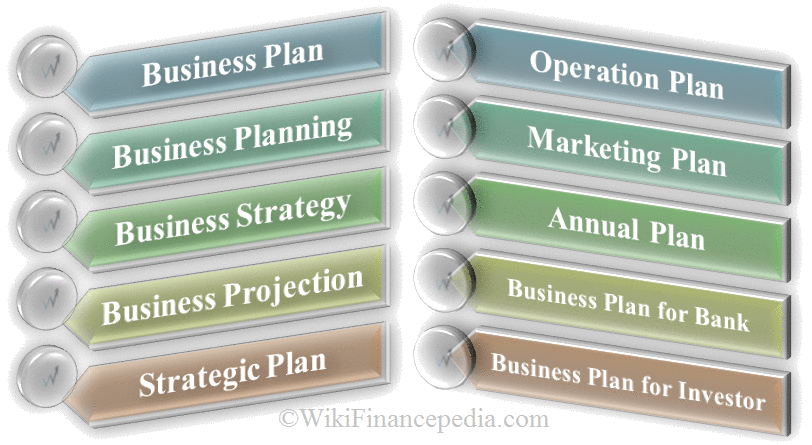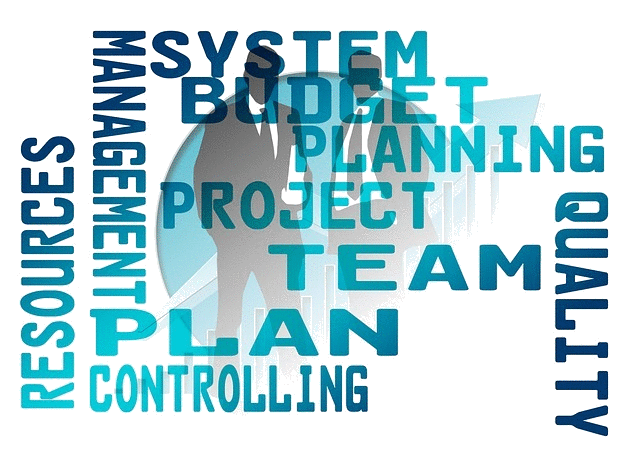Despite the fact that there are numerous variations between these business administrative process and procedures, they all have as their ultimate goal the realization of all the objectives. Administrative processes are broadly includes the management of information that is necessary for the operation of a business. These business administrative procedures are a set of rules that regulate the many processes that are required to run a company from top to bottom.
The administrative process refers to the procedures that must be followed before administrative agencies are formed or established. Business administrative procedures are the duties that must be completed in order for a business to function correctly.
Administrative Process Definition
It is a process workflow followed across any type of businesses that may be either private or public organization. The administrative process has four basic functions of administrative process: planning, organization, execution and control.
Administrative procedures are the office duties that must be completed in order for a firm to function properly. Human resources, financial management, marketing, and accounting are all examples of administrative procedures. Essentially, any process that involves the management of information that is necessary to run a firm is classified as an administrative process.
Examples of Business Administrative Roles & Responsibilities
Here are some of the roles and responsibilities of business administrative examples.
- Sending / followup emails to clients.
- Emails from clients are forwarded to the relevant recipient.
- Making phone calls and transferring them as needed.
- Taking care of customer problems and complaints.
- Clients phone messages are being accepted.
- Correspondence about business matters.
Business Administrative Approach
The fundamental steps of the administrative process should serve as a framework for achieving the objectives in a methodical manner. These administrative processes should be designed to promote uniformity, efficiency, accountability, and transparency in the organization.
Approach of Functional
Following the functional approach, the administrative process is divided into four components: planning, management, organization, and control. These are administrative tasks that must be completed. The functional method is based on breaking down administrative functions into their constituent parts. However, it should be emphasized that while these tasks can be separated, they cannot be separated and isolated.
Approach of Procedural
In the procedural approach, PODC (planning, organization, direction, and control) are the phases of a process that must generate a result in the case of an administrative procedure. Characteristics of the business administrative process are dynamics, continuity, flexibility, interactivity and organic. This is basically to adapt to different scenarios with same administrative process, within each process, there are activities that are subdivided into others.
Parts of Business Administrative Process
Let us step by step discuss the important functions and parts of business administrative processes and procedures in details:
A summary expression of these fundamental functions of management is listed below:
Planning: It is an initial process of business or an organization plan where business planning and strategies are been prepared.
Organization: To distribute the work among members of the group and to establish and recognize the necessary relationships.
Control: Physical activities to conform with the business plans.
Execution: By the group to carry out the tasks required will and enthusiasm.
What is Planning?
Planning Definition: In business management process, planning is also called as decision making process. In this phase brainstroming is perfomed for organizing and managing business activities and preparing strategies for the business growth. Planning process is divided into three parts; they are:
- Analyzing various roadmap for the business.
- Evaluating different roadmap for the business.
- Finalizing specific roadmap as a part of a business plan.
What is Organization?
Organization Definition: In administrative process, Organization is a set of charges whose rules and standards of behaviour should be followed by everyone and everyone should make use of this medium that allows a company to achieve its specific objectives.
Importance of Organizational Structure
- It is character continuous (expression, contraction, new products).
- It is a medium that provides the best way to achieve the objectives.
- It provides the methods so that they can perform the activities efficiently, with minimal effort.
- Avoid slowness and inefficiency.
- Reduce or eliminate duplication of efforts, in determining the functions and responsibilities.
- The structure should reflect the objectives and plans of the company, the authority, and its environment.
Basic Steps Involved in Organizing Process
- Divide the entire workload into tasks that can be executed in a logical and convenient for individuals or groups. This is known as the division of labour.
- Combine tasks logically and efficiently, the group of employees and tasks are often referred to as the departmentalizing.
- Specify who depends on who in the organization, linking departments this produces a hierarchy of the organization.
- Establish mechanisms to integrate the activities of all departments on a consistent and to monitor the effectiveness of such integration. This process is known as coordination.
- Reward with good pay and recognition for a job well done.
- Meet the needs of employees through efforts at work.
- Review the implementation efforts in the light of the results of the control.
What is Control?
Control means managers have always found it suitable to confirm or monitor what is being done to ensure that the work of others is progressing satisfactorily towards the prearranged target is called as control activities.
Set a suitable plan, hand out the components required for activities that plan and the successful implementation of each person do not ensure that the company will be successful. There may be disagreements, misinterpretations and sudden obstacles and should be reported promptly to the manager so that corrective action can be taken.
Most Important Risk Management and Control Activities
Few of the important control activities are listed below that you are supposed to follow:
- Compare the results to the general plans.
- Devise effective means of measuring operations.
- Communicating means which is measurement.
- Transfer detailed data so they show comparisons and differences.
- Adjust control in the light of the results of the control.
What is Execution?
Execution means a physical activities resulting from the steps of planning and organization, the manager needs to take steps to initiate and continue the actions required for the group run the task. Among the common measures used by the manager to put into action the group is directing, developing managers, educate, help members to improve their work. This is called execution.
Most Important Execution and Implementation Process
Here are few important implementation process activities that you may put into practice.
- Put into practice the philosophy of participation for all those affected by the decision.
- Driving and challenge others to do their best.
- Motivate members.
- Communicate effectively.
Conclusion
These are several stages to the business administrative process. Managers typically do the majority of the business administrative procedures and duties, although the amount of time and effort spent on each function varies based on the talents at the organizational level. It is possible to argue that planning without control is pointless. You can attain your goal if you have control over the situation.
Read E-Learning Tutorial Courses - 100% Free for All







